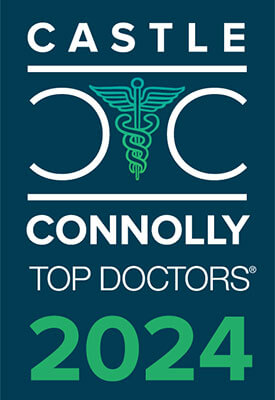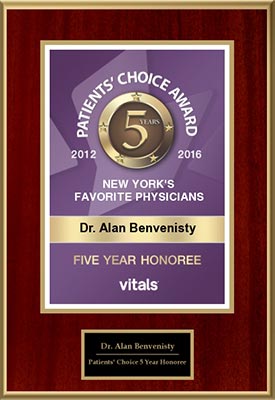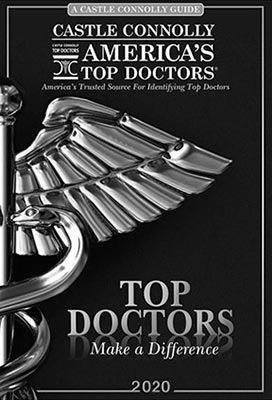Open Repair AAA
While open repair surgery for an abdominal aortic aneurysm is often performed as an emergency procedure when the aneurysm begins to leak or bleed, there are instances where the size and growth rate of the aneurysm warrants an open repair. Specifically, an open repair involves making a large incision in the stomach region in order to insert a graft that restores the weakened walls of the aorta. While there are other methods for treatment and repair of abdominal aortic aneurysms, an open repair remains the standard procedure. To better understand why an open repair may be needed, consider the following:
- To relieve pain
- To restore blood flow
- To prevent rupture
- The size of the aneurysm is greater than 2 inches in diameter.
- The growth rate of the aneurysm is more than half a centimeter over the course of one year (in cases where the aneurysm has been monitored).
- The risk of rupture is greater than the risk of surgery.
As with any surgery, there are risks and complications that patients should be aware of:
- Heart attack
- Bleeding during surgery
- Bleeding after surgery
- Injury to other organs or tissues during surgery
- Blood clot
- Infection (lungs, urinary tract, and stomach)
- Infection in the graft
- Infection in the wound
- Loss of blood flow to lower extremities (legs and feet)
- Kidney damage
- Nerve damage
- Injury to spinal cord
It’s important to understand that an open repair for an abdominal aortic aneurysm procedure is only performed in the event that the risk of rupture is greater than the risk of the surgery itself.
As a board certified and highly esteemed general and vascular surgeon in New York City, Dr. Alan Benvenisty, MD holds extensive experience in the management and treatment of stomach and other aneurysms. While Dr. Benvenisty has performed numerous open repair surgical procedures, he is conservative in his approach to treatment and surgery is rarely a first option unless the life of the patient is at risk. If you have been diagnosed with an aortic aneurysm and would like to speak with Dr. Benvenisty about your treatment options, contact his office on Amsterdam Avenue today.
Approaches To Open Repair AAA
An open repair surgery for an abdominal aortic aneurysm takes place in an operating room where the patient is given general anesthesia. The purpose of the open repair is to replace the aortic aneurysm with a synthetic material that restores blood flow and eliminates the risk of rupture.
Vascular surgeons may take two approaches to surgery. For instance, in one case, the patient will lie on his/her back. The initial incision is made just below the breastbone and extends vertically to below the navel. Another approach may have the patient lying on their side, slightly tilted to the right. The incision is made on the left side of the abdominal region and stretches at an angle below the navel.
Surgeons will temporarily stop the flow of blood by placing a clamp on the aorta above and below the area of the aneurysm. Next, the aneurysm is cut open and the graft is inserted. This is a tube that connects both ends of the aorta. Once the clamp is removed, the wall of the aneurysm is “wrapped” around the graft and sewn in with stitches. Open repair surgery may last 2-4 hours. Because an open repair surgery is a more invasive procedure, recovery is longer than other methods and treatments. Yet, the prognosis for patients is good.
Delivering conscientious, patient-centered care to those in New York City, Dr. Benvenisty is a well-respected vascular surgeon committed to the philosophy of treating patients as individuals. While treatment for abdominal aortic aneurysms does require surgery in some cases, Dr. Benvenisty is conservative in his treatment of aneurysms and vascular disease. Thus, whenever possible, Dr. Benvenisty prefers to avoid invasive types of surgical repairs. If you or a loved one has been diagnosed with an abdominal aortic or stomach aneurysm, contact Dr. Benvenisty at our office on Amsterdam Avenue today.







